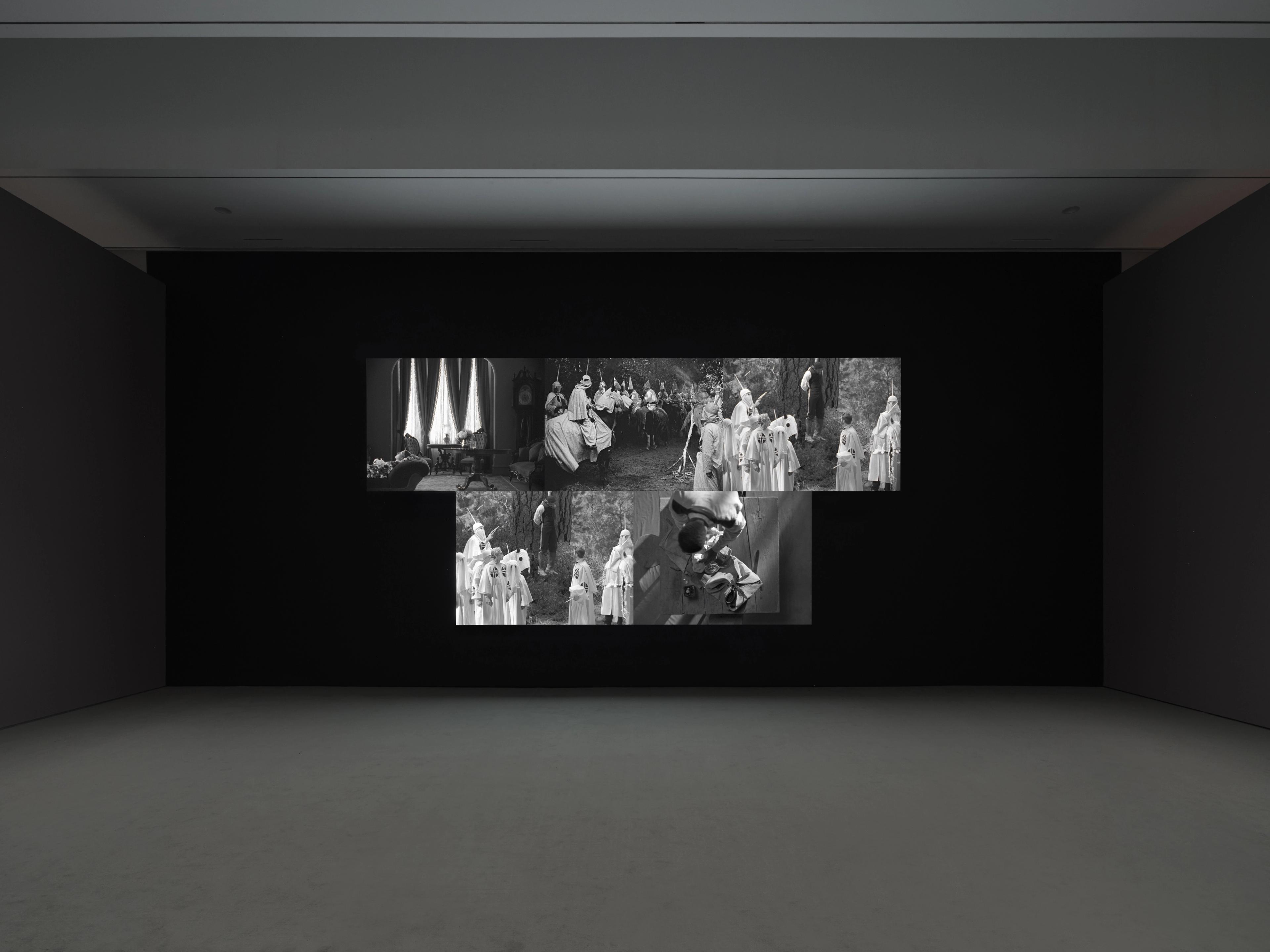The New York Times, review by Jason Farago
July 17, 2025
I knew Vancouver before I ever saw it. I knew it from late-night movies and second-string TV shows, from ’80s and ’90s American productions — “21 Jump Street,” “The X-Files” and the like — that were filmed in the discounted climes north of the border. “Hollywood North,” as they used to call it, almost never got to play itself onscreen: The streets around Vancouver’s False Creek were recast as San Francisco or New York, and the victims of American horror movies fled through British Columbian forests. The cinema was born in Lyon, it was industrialized in Los Angeles, but Vancouver is the city made of moving pictures.
Vancouver’s role as Hollywood’s secret twin has always seemed suitable to Stan Douglas, the Canadian artist gripped by images and their doubles. Since the 1980s, working in still photography, broadcast television, room-filling video installation and even theater, he has reimagined the widest currents of history as mirror images and not-quite-clones. “Ghostlight,” an ambitious retrospective that opened recently at Bard College here in the Hudson Valley, includes some of his most important works in video and photography, built out of 18th-century archives and 21st-century tech. (Given recent presidential designs on a new state north of the 49th parallel, the show also offers an opportune reminder of the distinct dimensions of Canadian art and history: where it dovetails with America’s, and where it diverges.)
